💥💥💞💞欢迎来到本博客❤️❤️💥💥
🏆博主优势:🌞🌞🌞博客内容尽量做到思维缜密,逻辑清晰,为了方便读者。
⛳️座右铭:行百里者,半于九十。
📋📋📋本文目录如下:🎁🎁🎁
目录
💥1 概述
无线传感器网络(WSN)是一种由许多分布式无线传感器节点组成的网络,这些节点能够感知和收集环境中的各种数据,并将其传输到中央节点或其他节点。WSN在各种应用领域(如环境监测、智能交通、农业、医疗等)中起着关键作用。
本研究致力于模拟无线传感器网络,旨在深入探索WSN的性能和行为。通过模拟WSN,我们可以理解节点之间的通信、能源消耗、拓扑结构、数据传输和路由等重要方面。这些模拟可以为WSN的设计、优化和部署提供宝贵的参考和指导。
在模拟过程中,我们会考虑节点的能源限制、通信范围、传输噪声、信道干扰等因素。我们将根据实际应用场景和需求,设计合适的网络拓扑结构,并制定相应的路由协议和能源管理策略。通过模拟实验,我们可以评估不同方案在网络覆盖率、数据质量、能源效率、网络生命周期等方面的性能表现,并进行性能对比和分析。
此外,我们的研究还可以探索WSN中的其他关键问题,如安全性、时延、容错性等。我们可以使用不同的仿真工具和算法,如基于事件的仿真、网络拓扑生成算法、数据传输模型等,以生成更真实和可靠的模拟结果。
通过模拟无线传感器网络的研究,我们可以为WSN的设计者、工程师和决策者提供有关网络性能和优化的深入洞察力。这些研究成果有望推动WSN技术的进步,并在实际应用中发挥重要作用,提高资源利用效率、降低成本、提升网络性能和可靠性。
📚2 运行结果
2.1 算例1
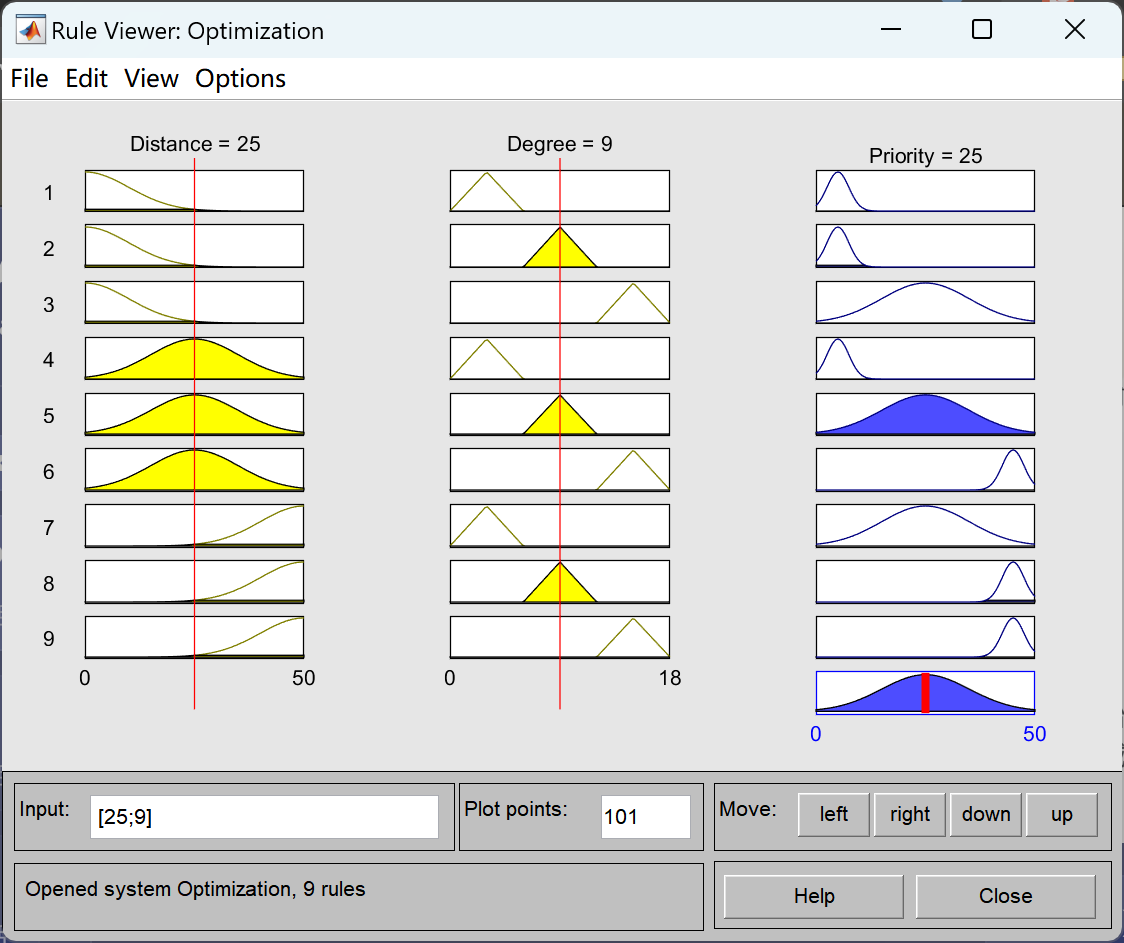

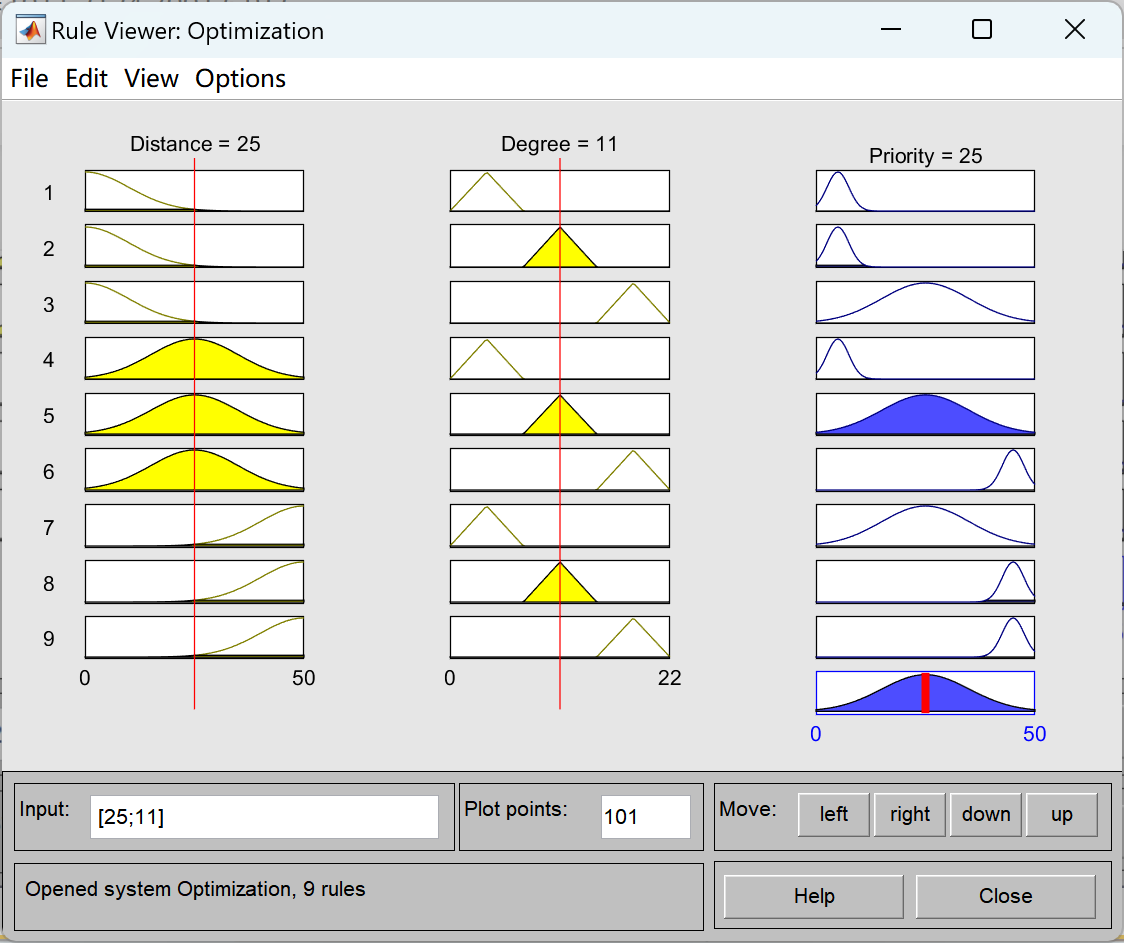
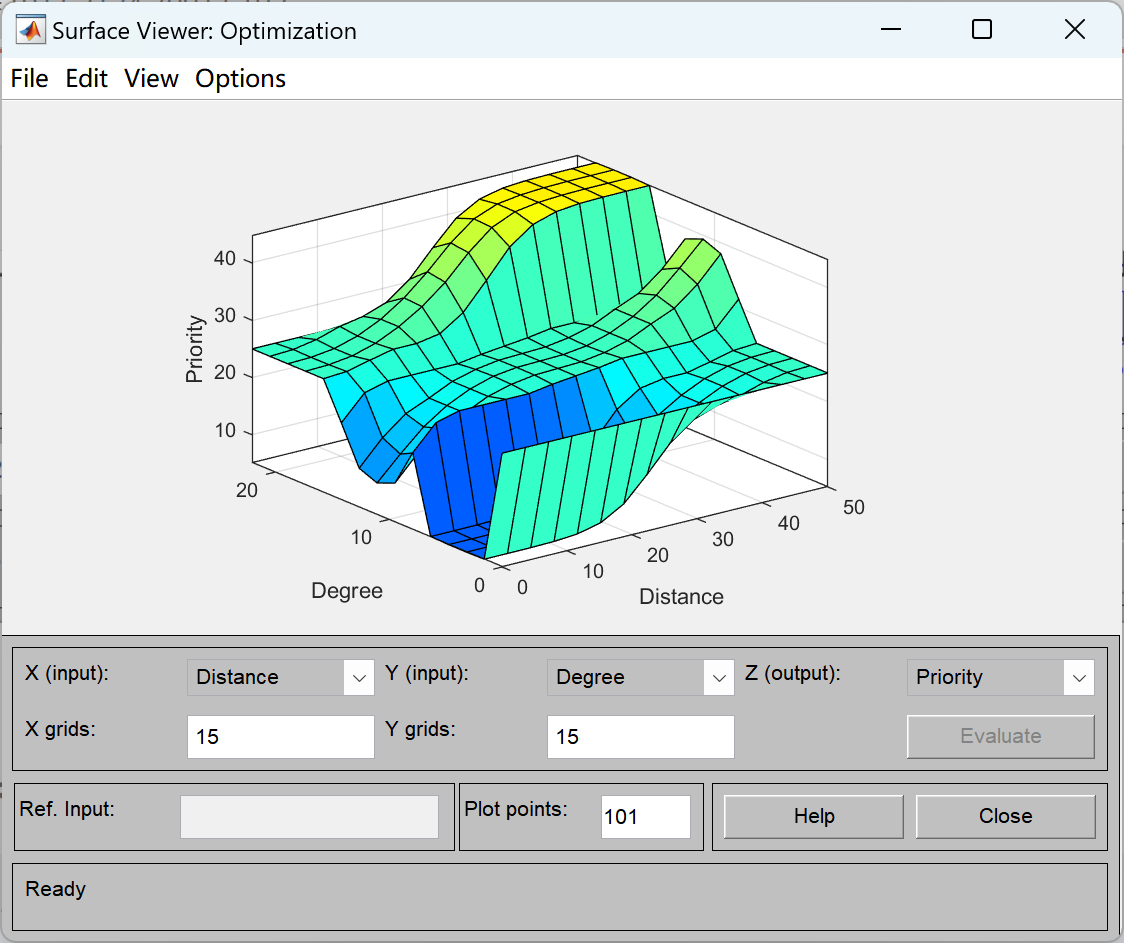

2.2 算例2
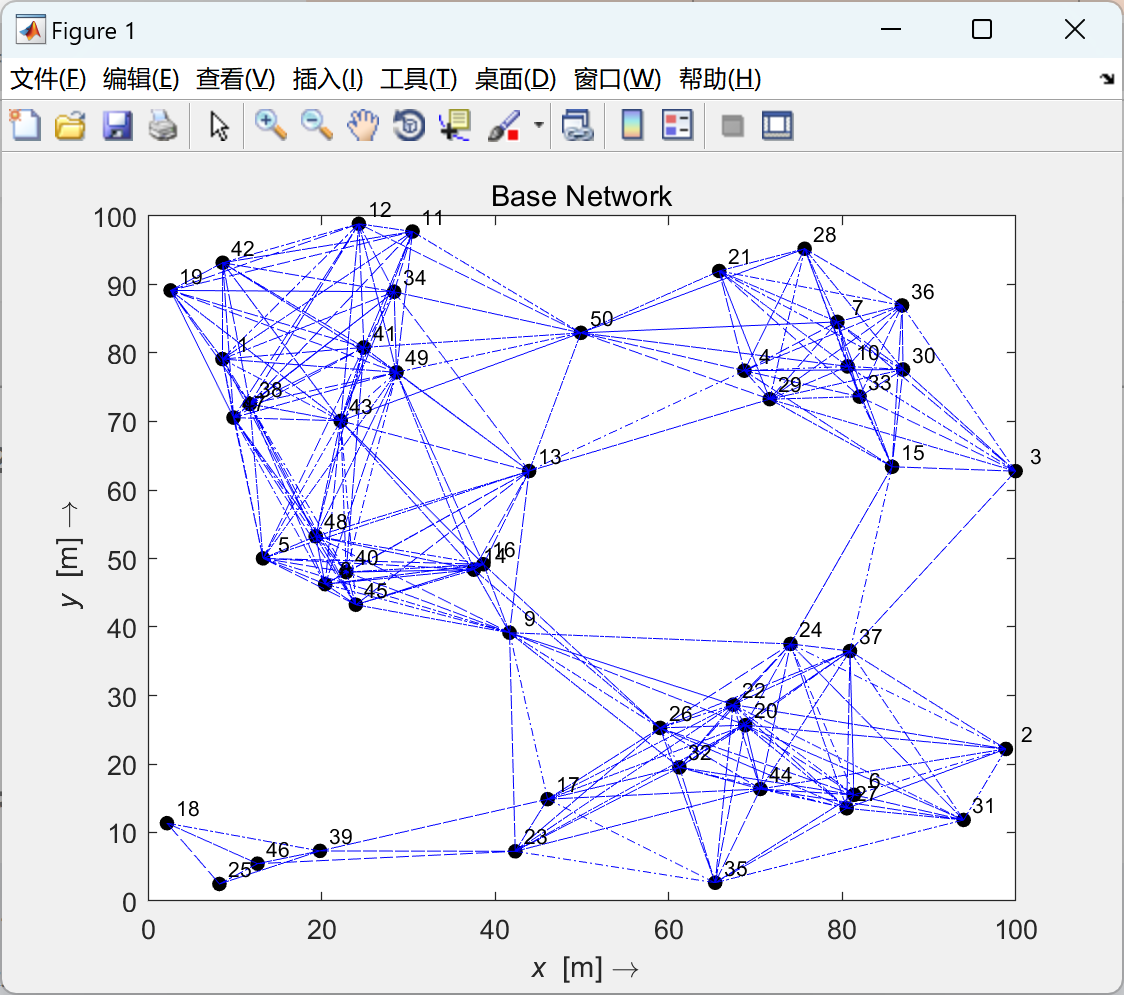
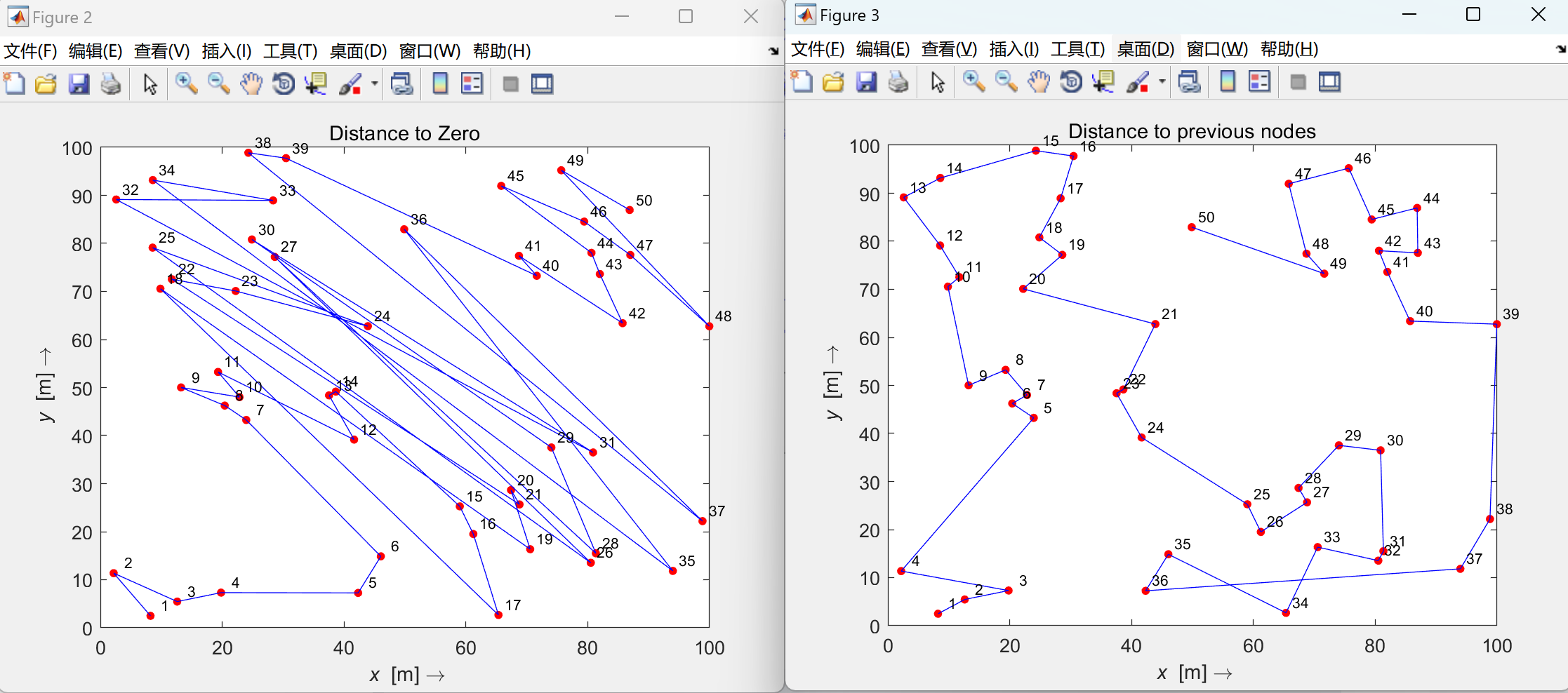
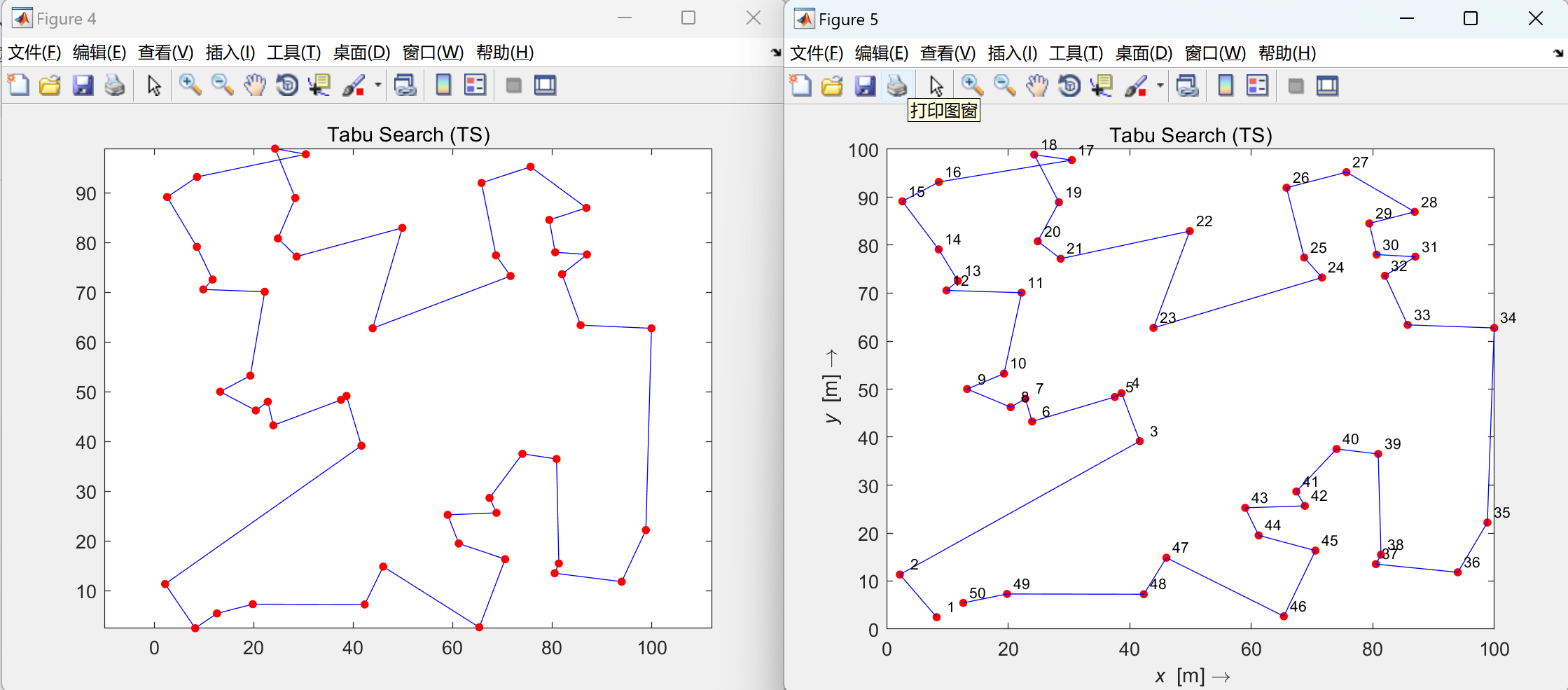
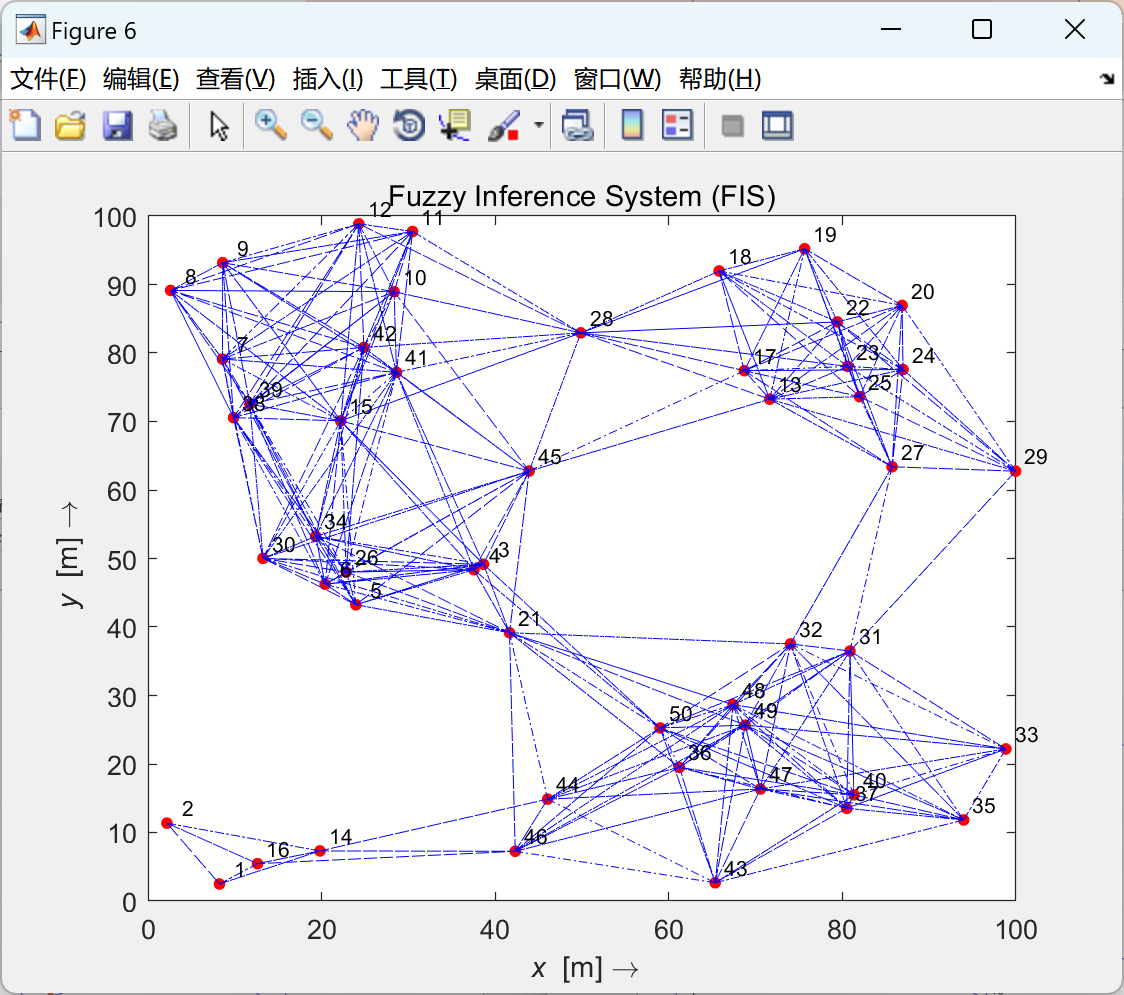
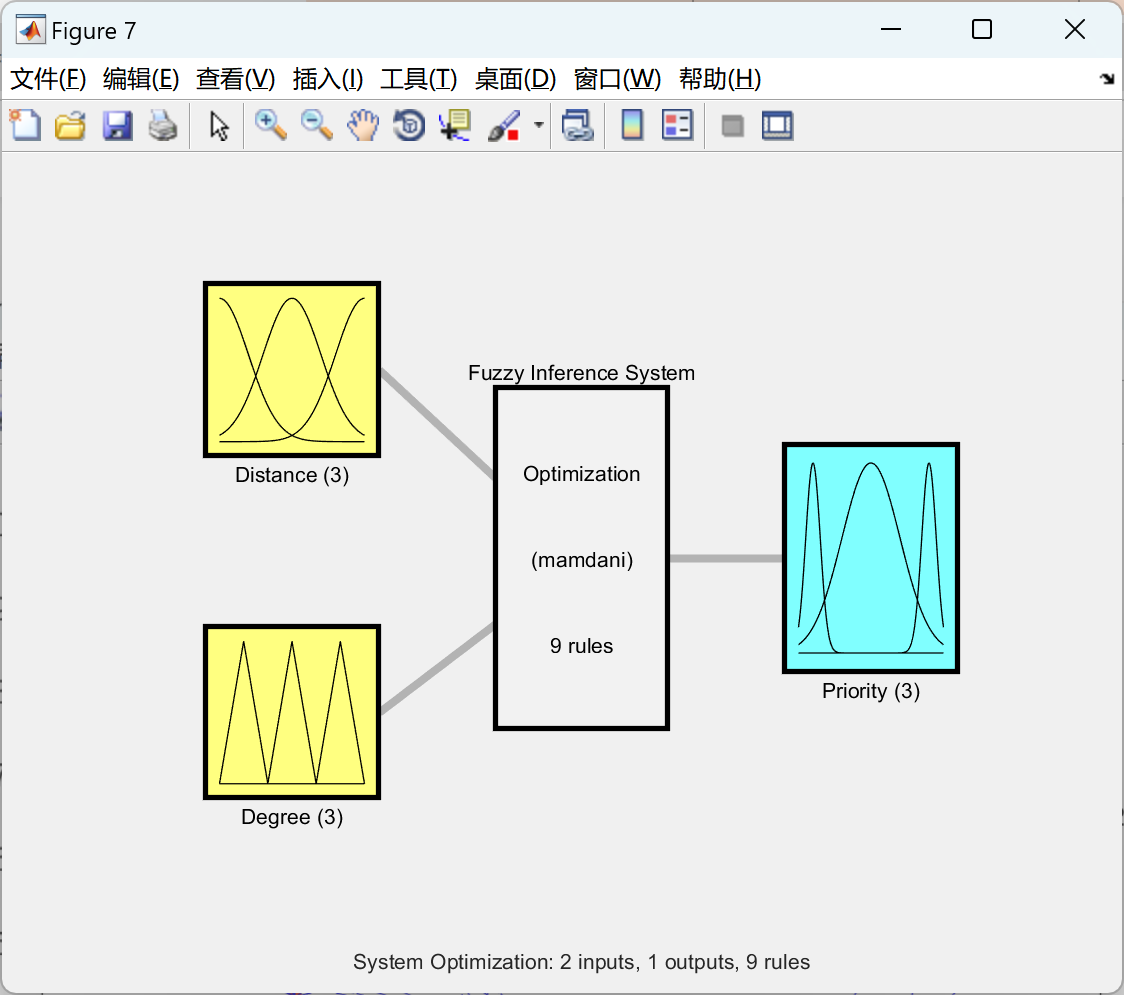
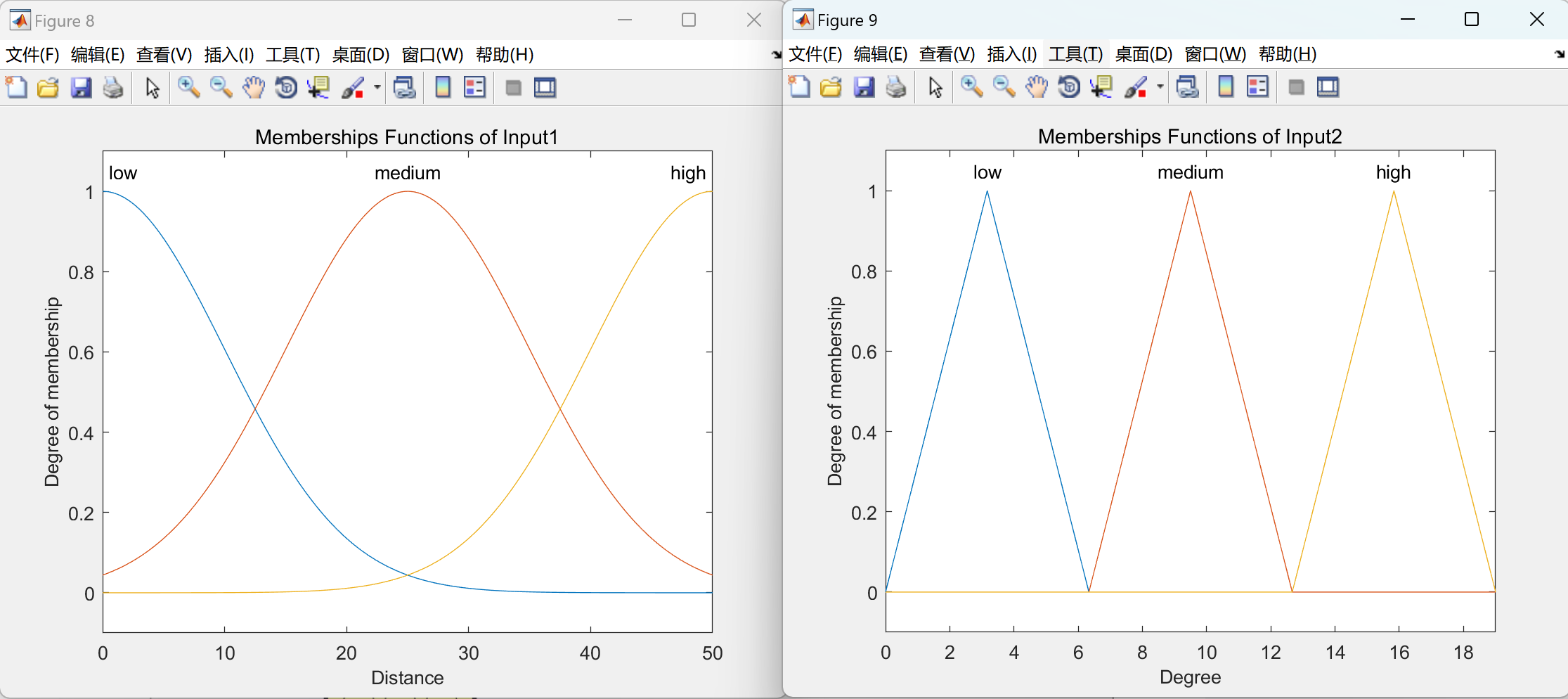
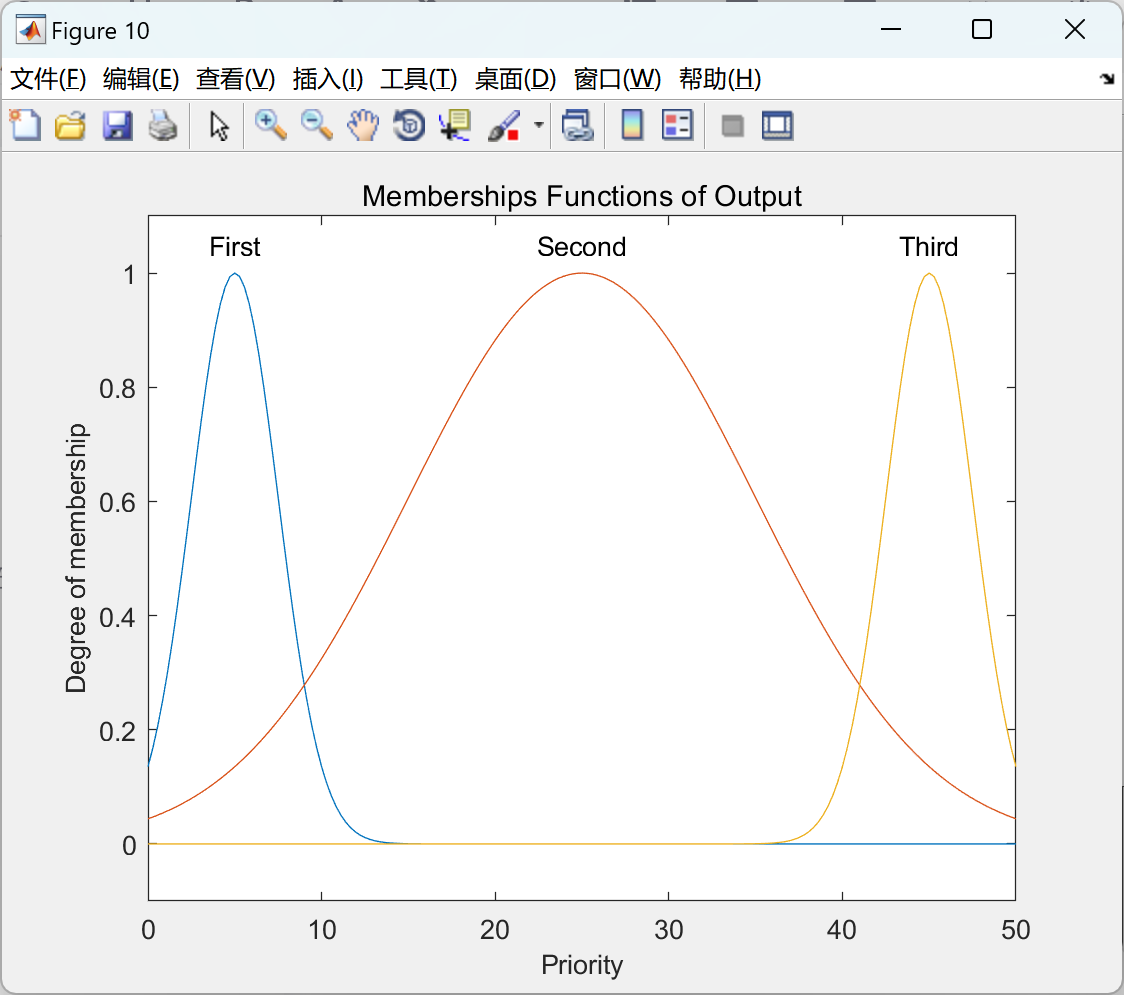
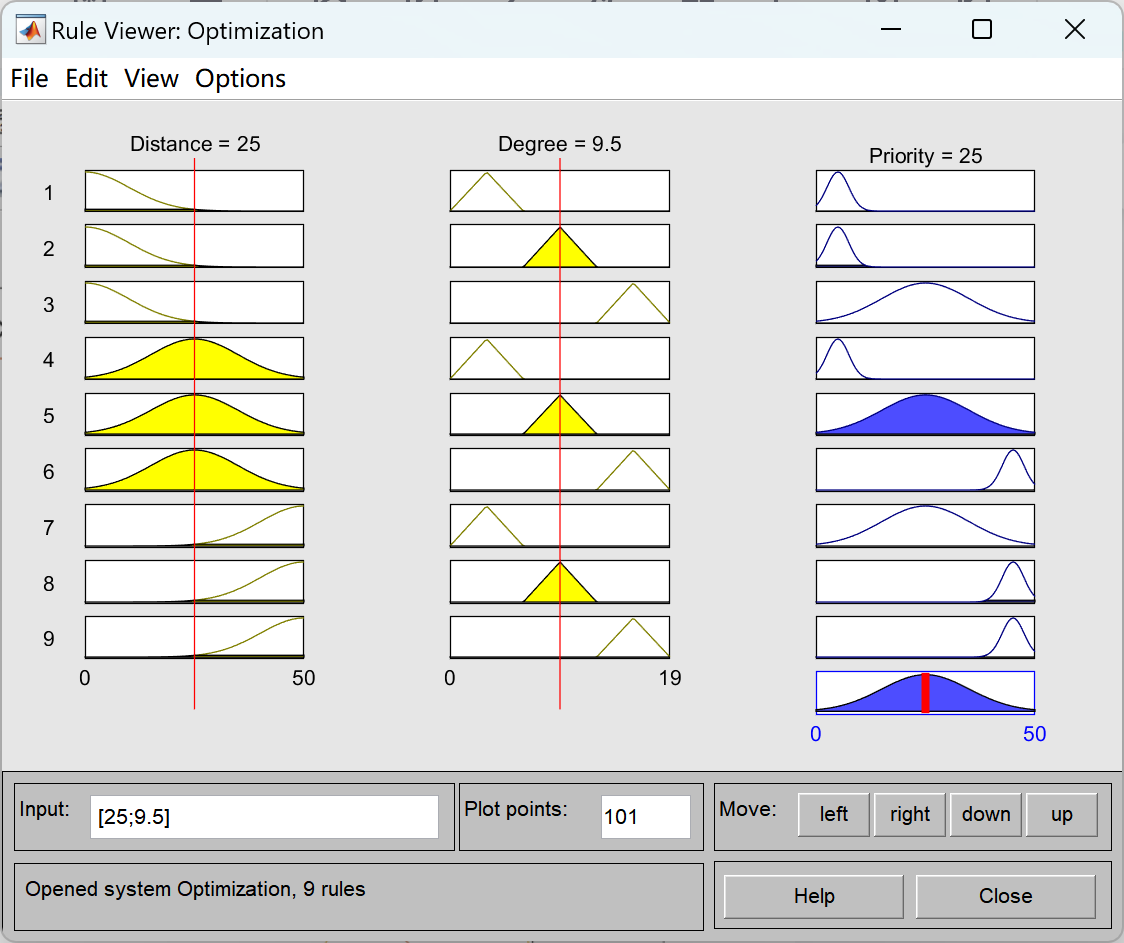
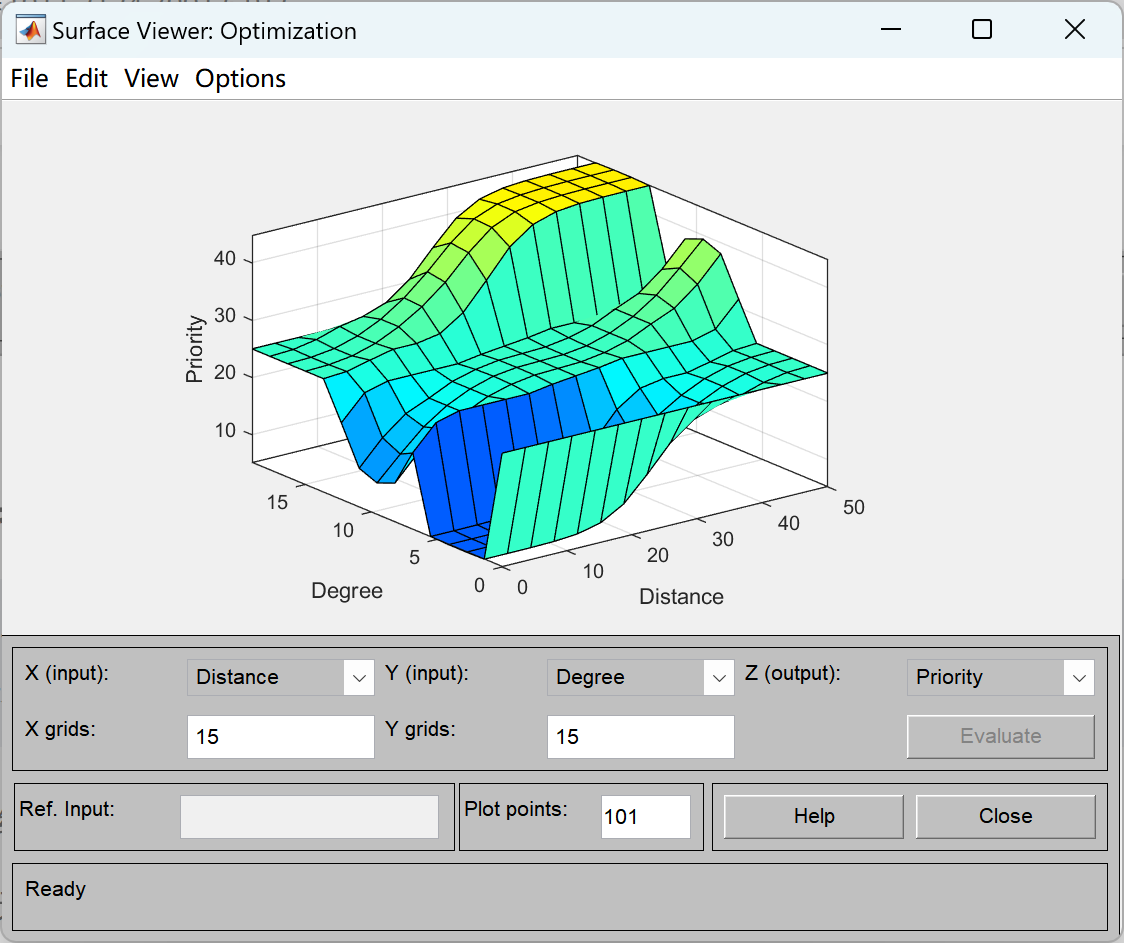
部分代码:
%%
% *You can choose radio range in meters:*
R = n/1.5;
%% *Create figure of the "Base Network":*
%%
% _Loads a selected network model from the net and displays its layout_
% _into the figure._
figure(1),plot(net(2,:),net(3,:),'ko','MarkerSize',5,'MarkerFaceColor','k');
title('Base Network');
xlabel('\it x \rm [m] \rightarrow');
ylabel('\it y \rm [m] \rightarrow');
hold on;
for i = 1:numel(net(1,:))
for j = 1:numel(net(1,:))
X1 = net(2,i);
Y1 = net(3,i);
X2 = net(2,j);
Y2 = net(3,j);
xSide = abs(X2-X1);
ySide = abs(Y2-Y1);
d = sqrt(xSide^2+ySide^2);
if (d<R)&&(i~=j)
vertice1 = [X1,X2];
vertice2 = [Y1,Y2];
plot(vertice1,vertice2,'-.b','LineWidth',0.1);
hold on;
end
end
end
v = net(1,:)';
s = int2str(v);
text(net(2,:)+1,net(3,:)+1,s,'FontSize',8,'VerticalAlignment','Baseline');
%% *Create figure of "Distance to Zero":*
%%
% _Optimization UWSNs localization using an algorithm that calculate the_
% _distance of each nodes to Zero._
for i = 1:numel(net(1,:))
X1 = 0;
Y1 = 0;
X2 = net(2,i);
Y2 = net(3,i);
xSide = abs(X2-X1);
ySide = abs(Y2-Y1);
d(1,i) = sqrt(xSide^2+ySide^2);
end
net(4,:) = d(1,:);
[p,q] = sort(net(4,:));
net = net(:,q);
net(1,:) = 1:n;
figure(2),plot(net(2,:),net(3,:),'r.','MarkerSize',15);
title('Distance to Zero');
xlabel('\it x \rm [m] \rightarrow')
ylabel('\it y \rm [m] \rightarrow')
hold on;
%%
% *You can choose radio range in meters:*
R = n/1.5;
%% *Create figure of the "Base Network":*
%%
% _Loads a selected network model from the net and displays its layout_
% _into the figure._
figure(1),plot(net(2,:),net(3,:),'ko','MarkerSize',5,'MarkerFaceColor','k');
title('Base Network');
xlabel('\it x \rm [m] \rightarrow');
ylabel('\it y \rm [m] \rightarrow');
hold on;
for i = 1:numel(net(1,:))
for j = 1:numel(net(1,:))
X1 = net(2,i);
Y1 = net(3,i);
X2 = net(2,j);
Y2 = net(3,j);
xSide = abs(X2-X1);
ySide = abs(Y2-Y1);
d = sqrt(xSide^2+ySide^2);
if (d<R)&&(i~=j)
vertice1 = [X1,X2];
vertice2 = [Y1,Y2];
plot(vertice1,vertice2,'-.b','LineWidth',0.1);
hold on;
end
end
end
v = net(1,:)';
s = int2str(v);
text(net(2,:)+1,net(3,:)+1,s,'FontSize',8,'VerticalAlignment','Baseline');
%% *Create figure of "Distance to Zero":*
%%
% _Optimization UWSNs localization using an algorithm that calculate the_
% _distance of each nodes to Zero._
for i = 1:numel(net(1,:))
X1 = 0;
Y1 = 0;
X2 = net(2,i);
Y2 = net(3,i);
xSide = abs(X2-X1);
ySide = abs(Y2-Y1);
d(1,i) = sqrt(xSide^2+ySide^2);
end
net(4,:) = d(1,:);
[p,q] = sort(net(4,:));
net = net(:,q);
net(1,:) = 1:n;
figure(2),plot(net(2,:),net(3,:),'r.','MarkerSize',15);
title('Distance to Zero');
xlabel('\it x \rm [m] \rightarrow')
ylabel('\it y \rm [m] \rightarrow')
hold on;
🎉3 参考文献
文章中一些内容引自网络,会注明出处或引用为参考文献,难免有未尽之处,如有不妥,请随时联系删除。
[1]白乐.无线传感器网络系统建模与仿真研究[D].西安电子科技大学[2023-09-15].
[2]李平安.无线传感器网络(WSN)中节能技术研究[D].南京邮电大学,2006.DOI:10.7666/d.y850863.
[3]夏少波,许娥.无线传感器网络WSN探究[J].通信技术, 2010(8):4.DOI:CNKI:SUN:TXJS.0.2010-08-007.
























 1036
1036











 被折叠的 条评论
为什么被折叠?
被折叠的 条评论
为什么被折叠?










